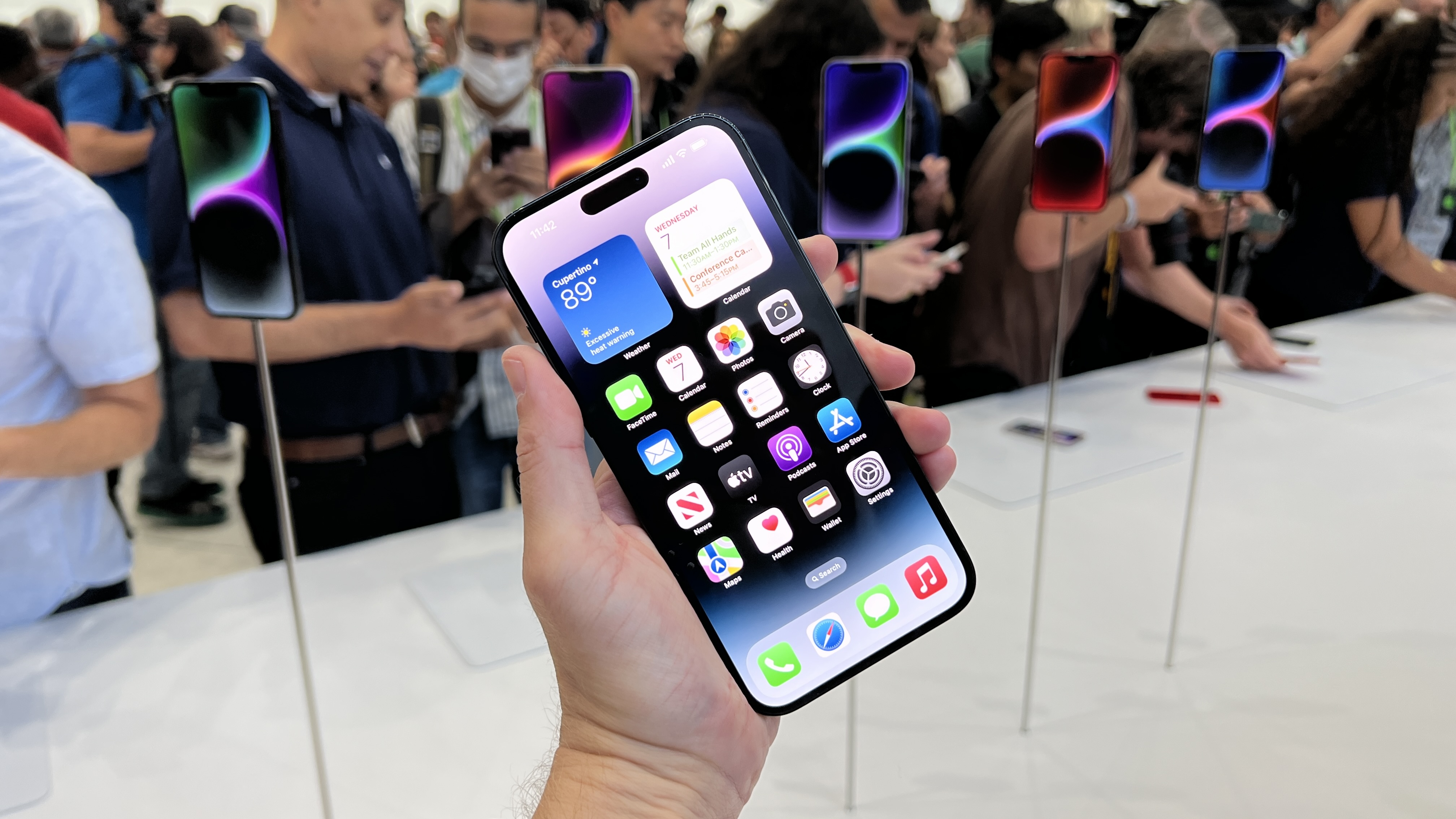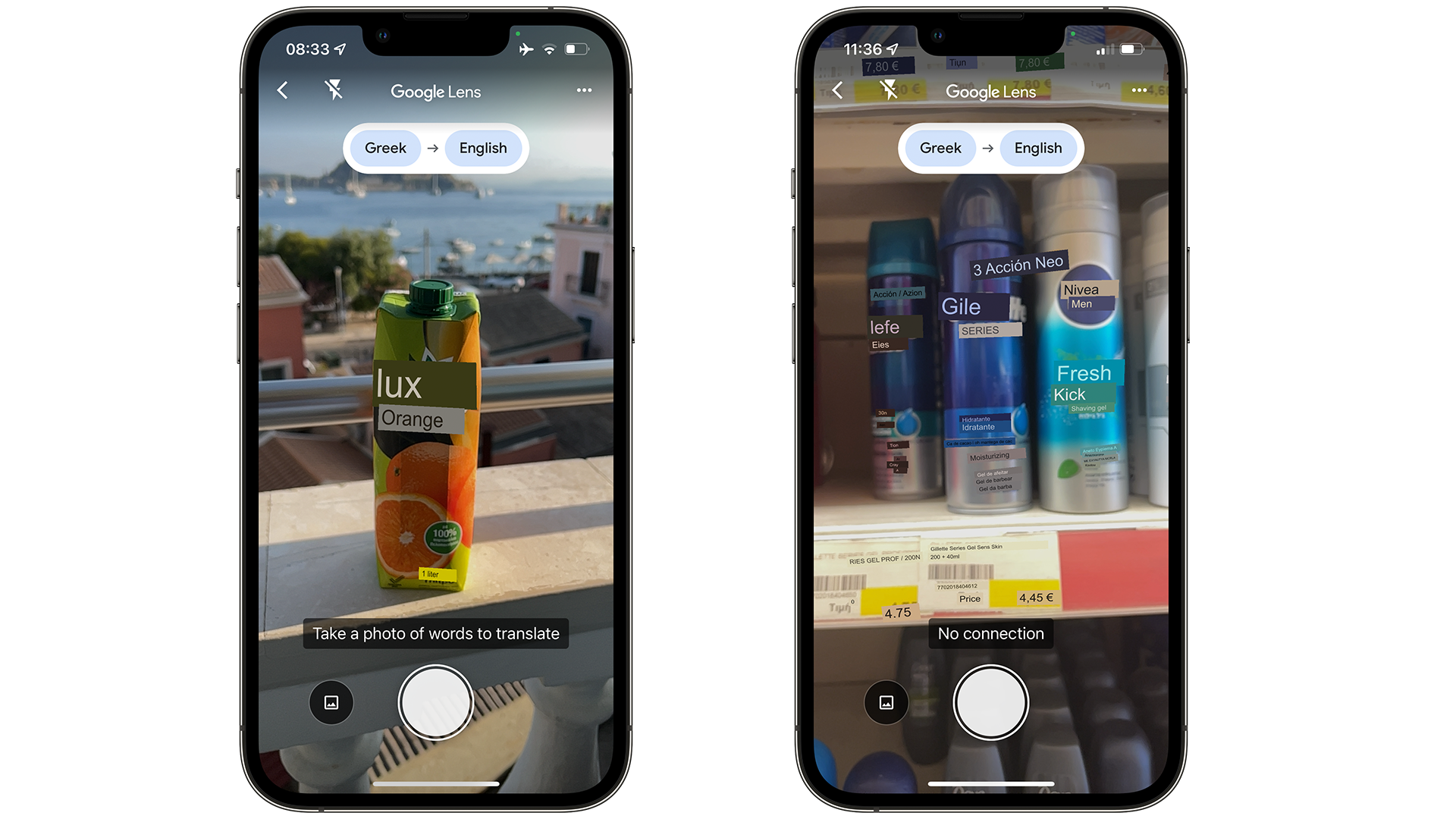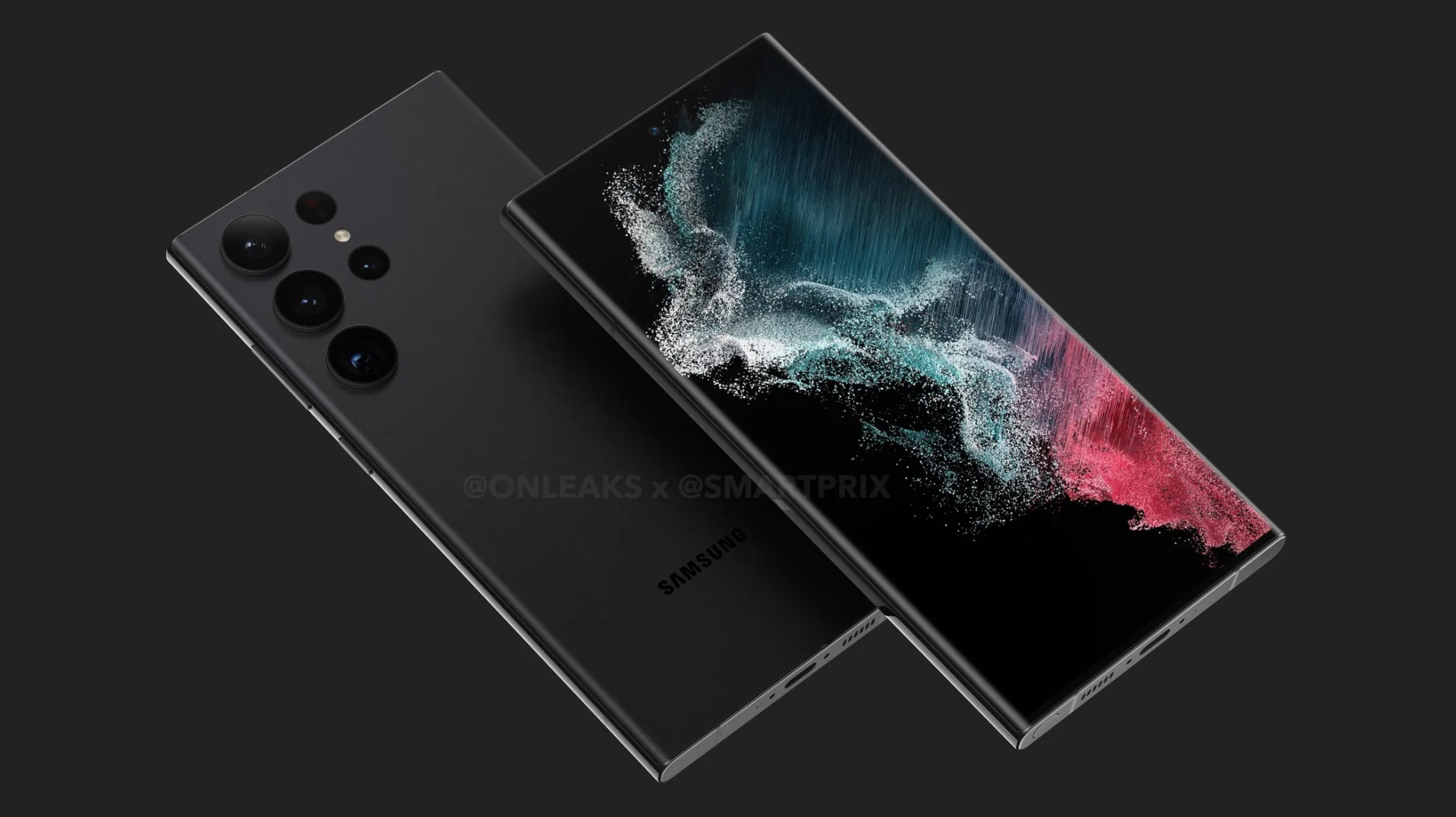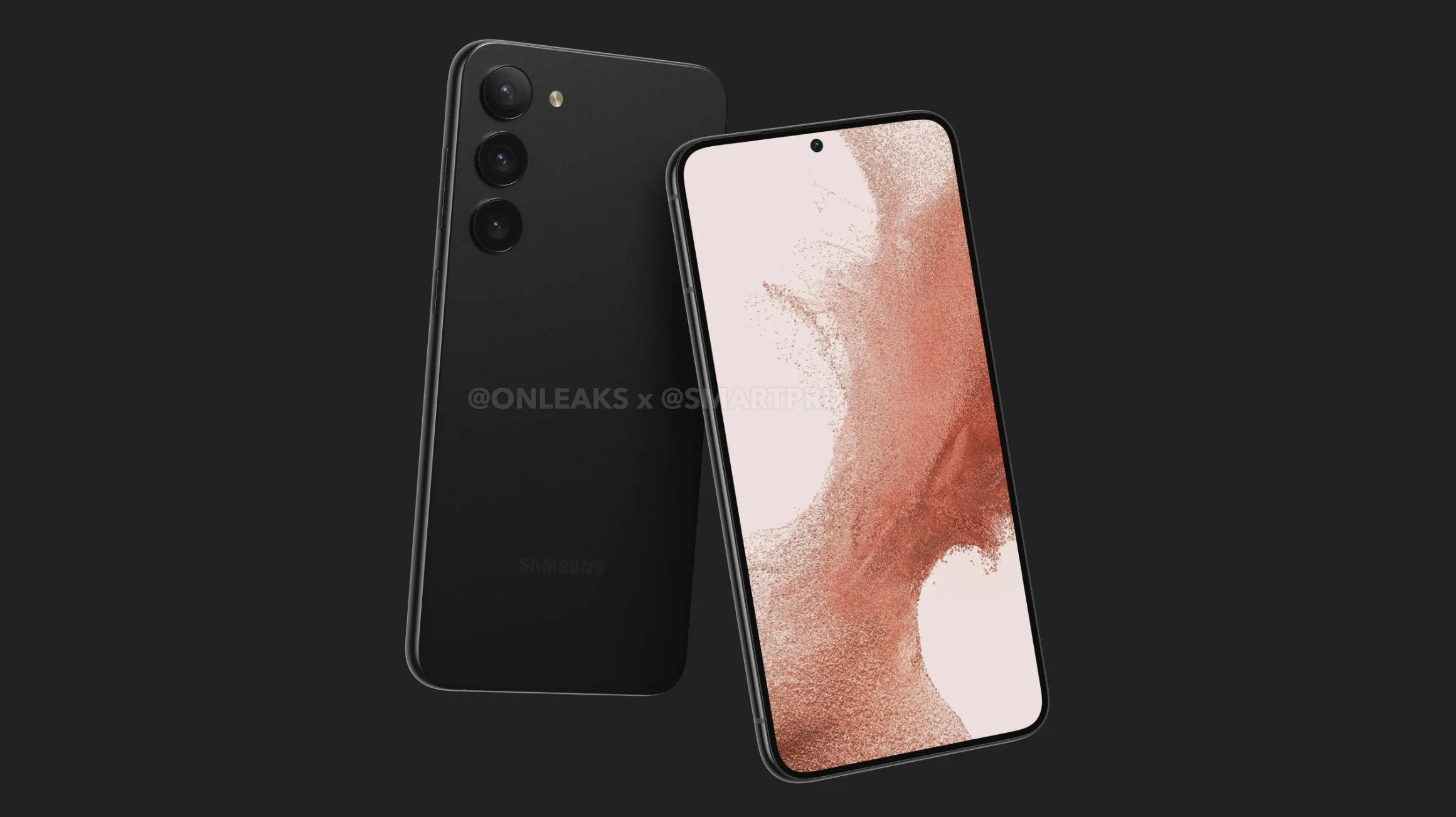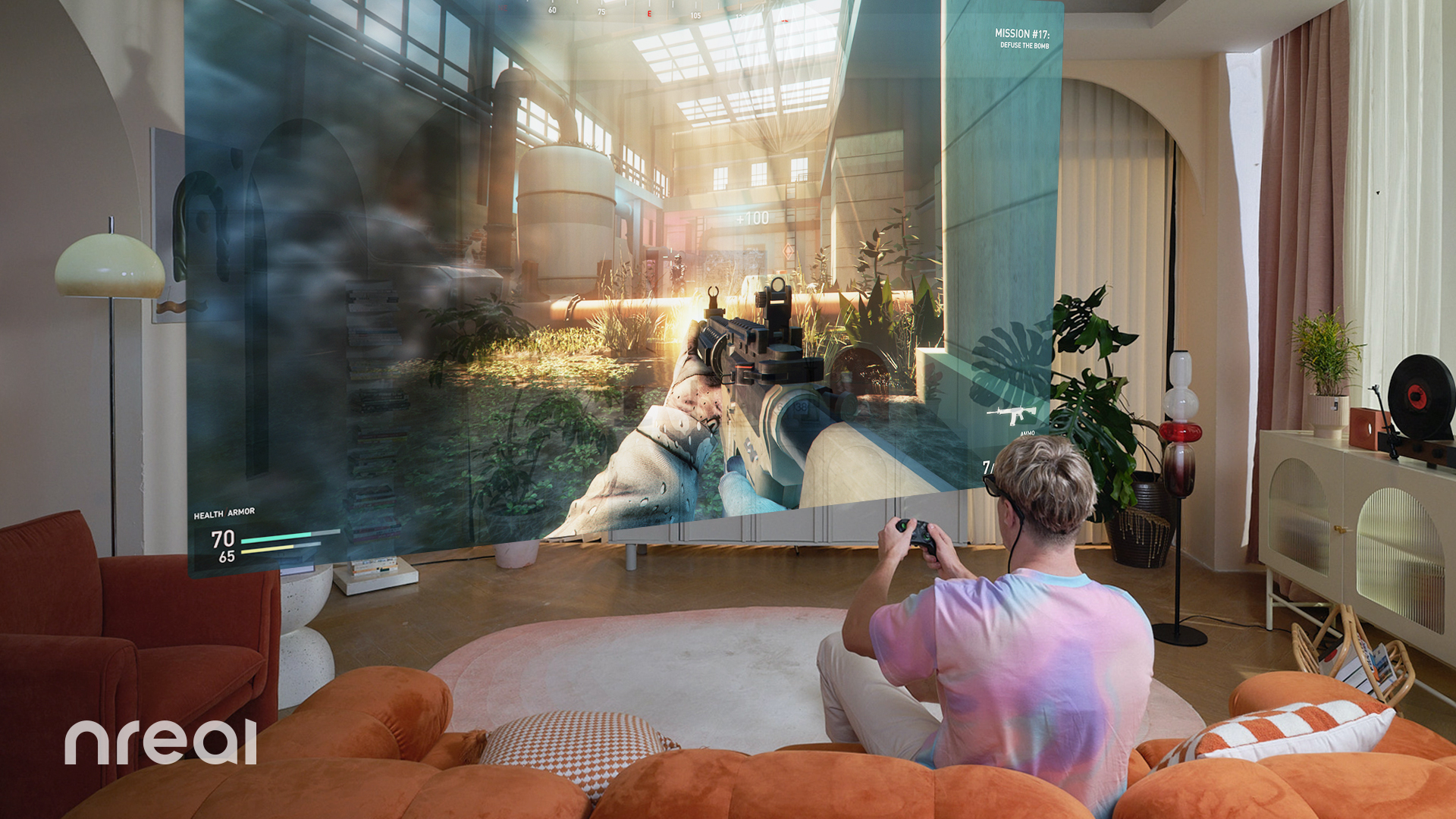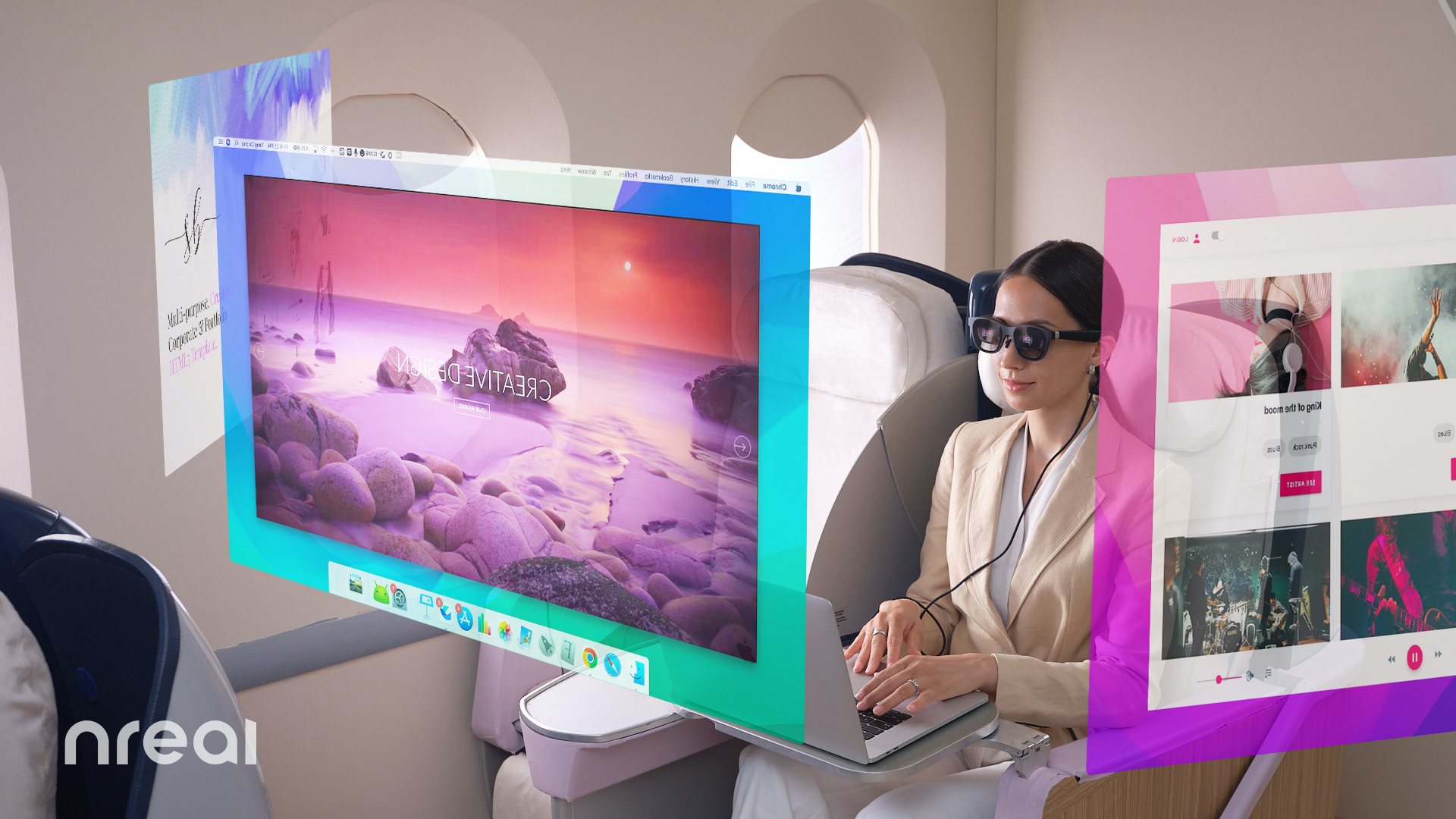A big-screen E Ink device equally at home with documents and books released by Amazon in the depths of an economic downturn, and it's not the Kindle Scribe that Amazon unveiled on Wednesday during a massive smart product rollout.
This was the Amazon Kindle DX, a 9.7-inch E Ink reader released in 2009. It wasn't as svelte, light or bright as the 300ppi backlit Kindle Scribe. There wasn't even a touch screen, rather it had a physical keyboard and nav buttons. The Kindle DX was thought to be the future of Amazon's E Ink book business, especially for textbooks.
The device's big screen and ability to hold thousands of books would mean the end of students struggling under the weight of overstuffed backpacks filled with gargantuan and expensive textbooks. The Kindle DX cost almost $500, but most expected typical college and school textbooks to be half as expensive through Amazon's online bookstores.
After a single update in 2010, the Kindle DX died a fast and unremarkable death. I've never been sure why but came to believe that the majority of Kindle e-reader users read novels on them while on vacation and have no interest or need for a tablet-sized device that offers only a black and white screen and can't even play video.
The release of Apple's iPad in 2010 essentially sealed the DX's fate
By that measure, the new Kindle Scribe could be the same kind of misfire. However, despite the economic similarities, 2022 is not 2009 and the Kindle Scribe is far more technically accomplished than the DX.
The biggest innovation, at least for Amazon, is the Kindle Scribe's stylus, included in the $339 price. First, it's comforting to see that Amazon didn't follow the DX pricing model: go expensive or go home. Second, bundling the stylus, which is probably more intelligent than a simple piece of plastic, is a bit of genius. It's what makes the Kindle Scribe cool, desirable, and, aside from obvious design differences, quite different than Amazon's last big-screen E Ink tablet attempt.
Even here, though, Amazon is treading in familiar territory, though not necessarily its own.
All the Amazon Event News
In 2017, I tested the first ReMarkable tablet, a 10.1-inch, 350-gram E Ink and stylus-supporting tablet. It boasted 226ppi with a look and feel that was as close to a piece of paper as you could get without being made from pulp. ReMarkable worked closely with E Ink to create a version of electronic paper that offered 100 millisecond response time, making it feel as if the E Ink that appeared on the page was flowing out of the ReMarkable stylus. That stylus, by the way, needed no batteries, drawing energy from the screen via inductive charge. The follow-up ReMarkable 2 tablet is even lighter and thinner (4.7mm).
The similarities between the Kindle Scribe and ReMarkable 2 are not, well, remarkable, as they are a reflection of how far E Ink display, processing, materials, and stylus technology have progressed in 13 years since Amazon unveiled the Kindle DX. That ReMarkable got there first is a credit to them, but also now a concern.
Amazon's had 15 years to perfect its e-reader business, with a range of products that start as low as $99 (often on sale for $69) and cost as must as the $249 Kindle Oasis. The 10.2-inch Kindle Scribe is more affordable than the original DX , though not as cheap as the $279 ReMarkable 2. It extends the Kindle's utility into a space once owned by ReMarkable.
Amazon now has the wherewithal to let this pricier and mainly niche e-reader percolate and grow in market share, while the scrappy startup ReMarkable will need some splashy innovation. It needs to remind consumers it was here first (as if that matters) to survive.
What's odd is that my excitement over the Kindle Scribe is almost entirely based on my ReMarkable 1 experiences. It's fun to draw with a stylus on E Ink. It can look and feel just like paper. ReMarkable was always smart enough to leverage the processing power behind the paper-like screen for more utility.
The arc of technology often goes up but also bends back in time to long-forgotten failures to make something fresh and new. It's fun to look at and try the new thing, but always worth remembering how we and everyone else got here.
You can catch up on everything Amazon unveiled during its big event here.
